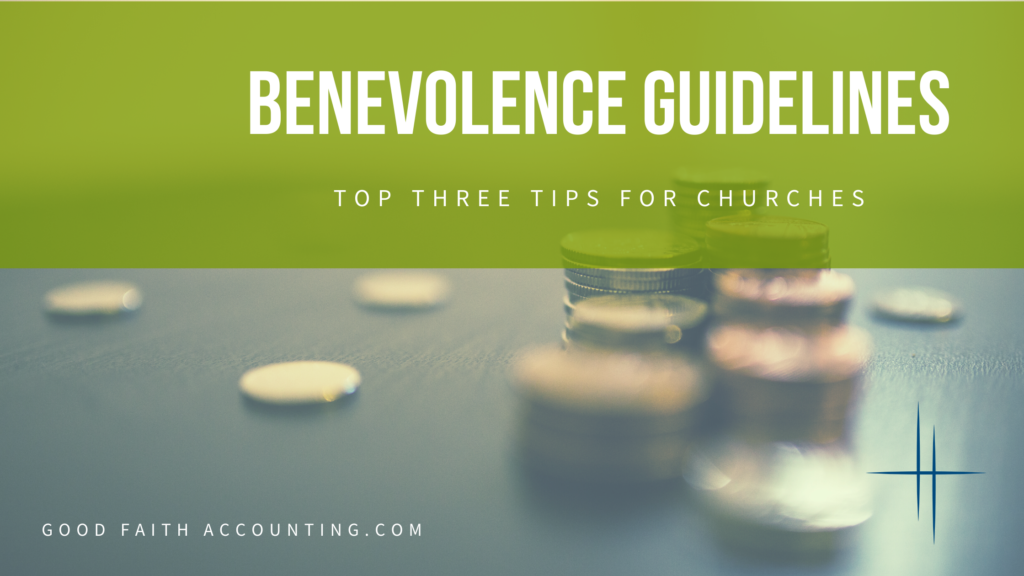May 21, 2021
Benevolence Guidelines
2020 was hard for many people; and 2021 might not be much better for some. That’s why we’ve put together some guidelines surrounding giving money to those in need in your community, for churches who may feel in over their heads. Today we will go over the top three guidelines for starting or maintaining a benevolence fund in your ministry: 1. Criteria & Classification of Need, 2. Process & Purpose, and 3. The Committee.

Criteria & Classification of Need
First, to qualify for benevolence, the individual or family must belong to a recognized hardship class. For instance, individuals who fall below the poverty level for a given region or country might qualify for benevolence.
Below are some other factors that may qualify, but are not limited to:
- loss of employment
- death in the family of wage earner
- costly medical condition
- severe hardship resulting from a natural disaster
- critical injury or loss resulting from terrorism or an act of war
Benevolence CANNOT be approved for:
- business investments
- paying off credit cards
- needs of individuals who are wanted by the law
- legal fees
- penalties relating to late payments
- private school fees or tuition
Process & Purpose
Next, let’s discuss the purpose and the process. The purpose of the Benevolence Ministry is to assist members of the church, and those within your community, with unexpected short-term financial needs that cannot otherwise be met.
The process is based upon an individual contacting the church and providing details about their need and their personal information; usually through an application provided by the church. Then the church office staff relays that information to the church board who turns over the information to the benevolence committee, if approved.
Benevolence Committees
Finally, distribution of the funds comes from the board and the committee. For instance, the church board will review each request to ensure that it meets with both the literal interpretation of the policy as well as the general intent behind the policy. If approved, they pass along to the benevolence committee to ensure that the need is met based upon the board’s decisions and the written policy of the church.
To Learn More:
See our full sample form on our resources page; which includes a sample application, how to hold your committee meetings, and specifics for how to classify the incoming need(s). Our friends at Church Law & Tax have a great guide on the subject: Benevolence Fund Basics.
Stay Connected